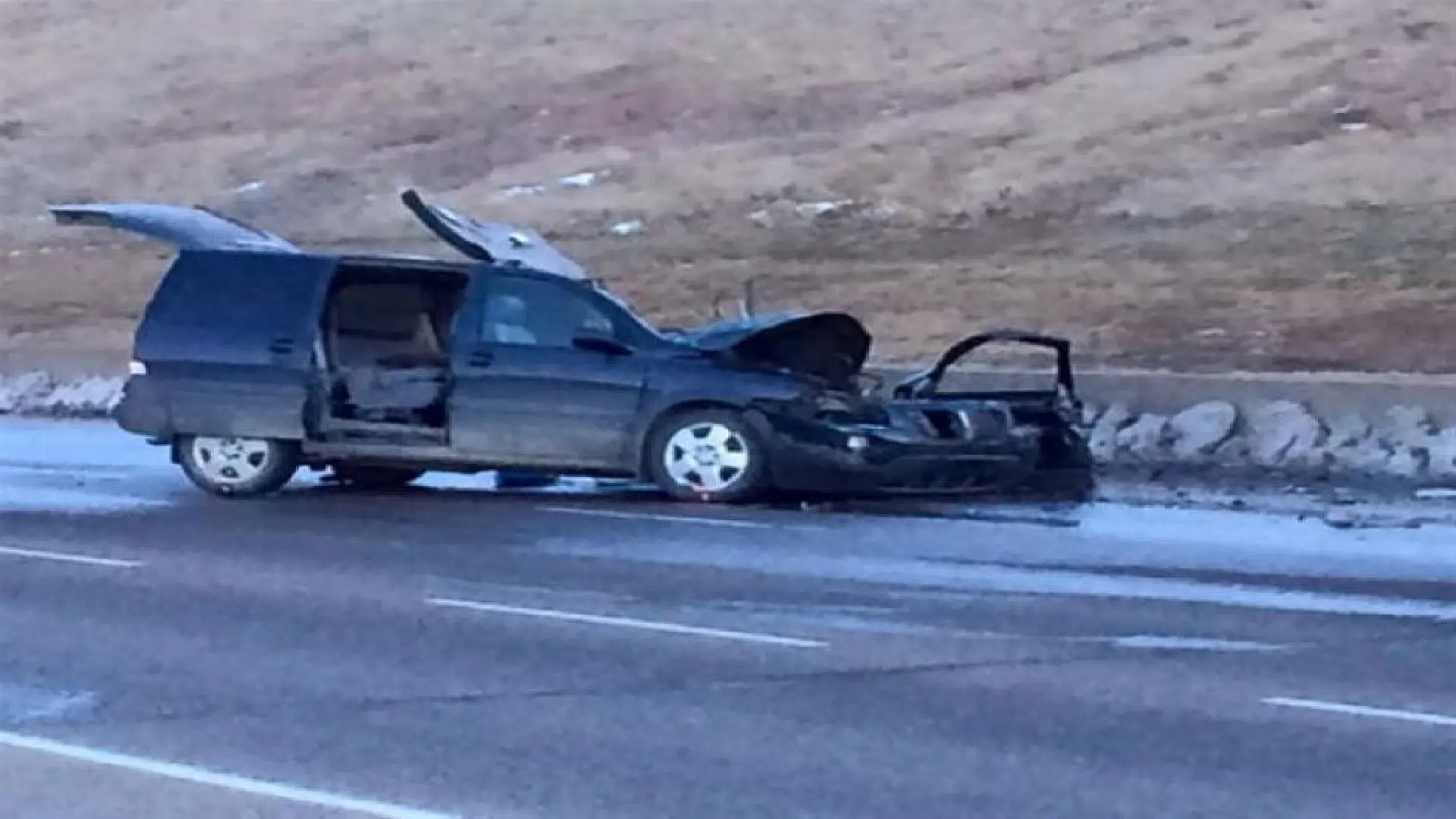
Crown closes case against city employee charged in fatal collision
LETHBRIDGE – The Crown has concluded their case in the dangerous driving causing death trial for a City of Lethbridge employee.
As part of their final day of evidence on Thursday, Mar. 8, they called a number of drivers forward to testify who had encountered a front-end loader on Whoop-Up Drive and experienced the conditions in play on the day of the fatal collision.
The judge overseeing the trial of Scott Edward Erickson has already heard that the collision occurred around 3:30 on the afternoon of Nov. 13, 2015, when a minivan hit the back of a city front-end loader in the left lane on west-bound Whoop-Up Drive, near the exit to north-bound University Drive. The 72-year-old driver of the minivan, Alan Johnston, died as a result of the collision.
In a statement played in court that Erickson made to police, he said he was using the loader to scoop up snow that had built up along the concrete median that separates east and west Whoop-Up and then dumping it on the grass just off the road.


